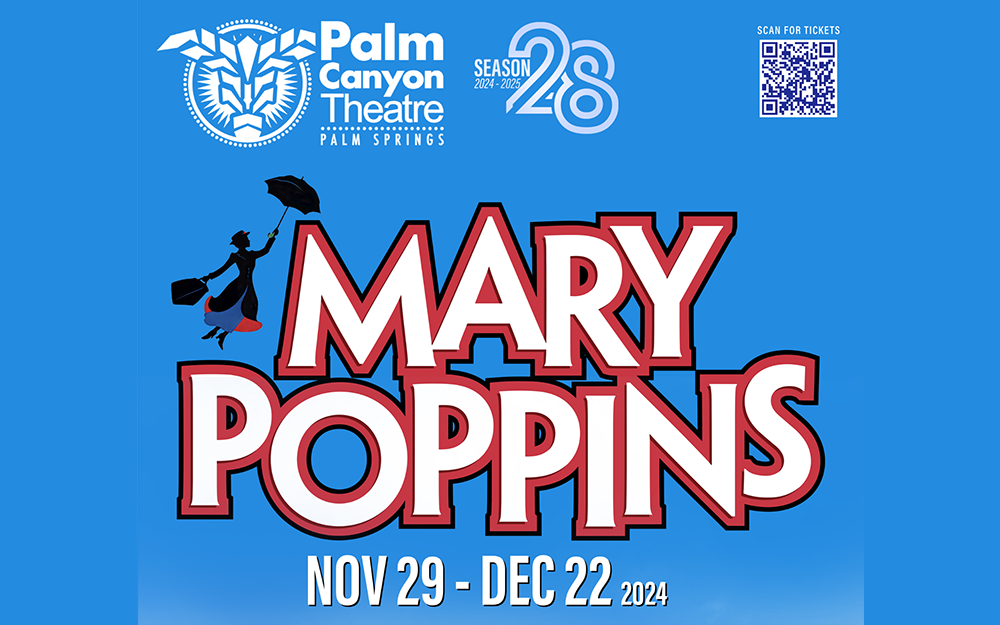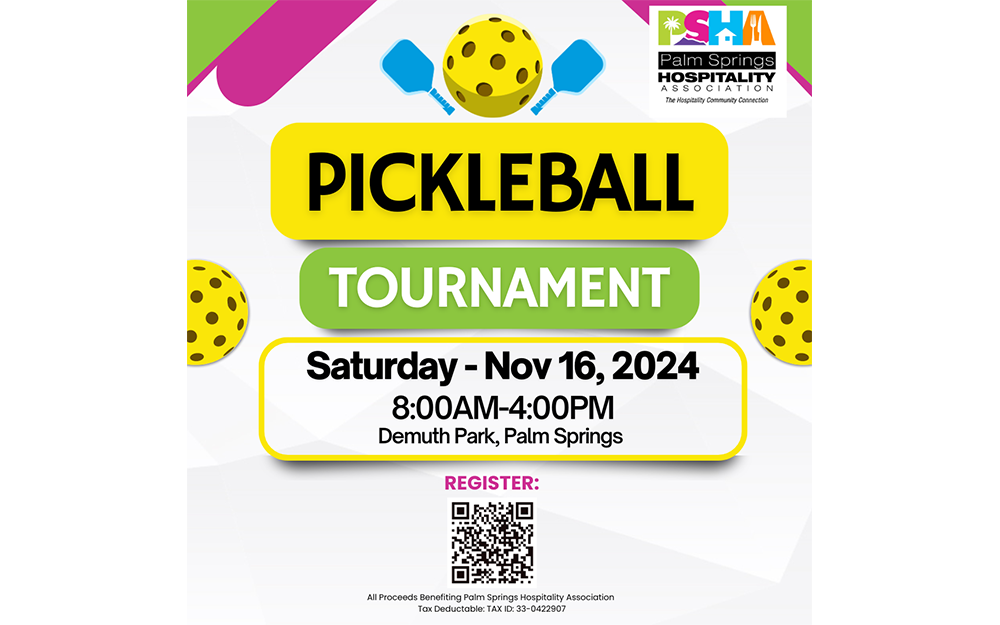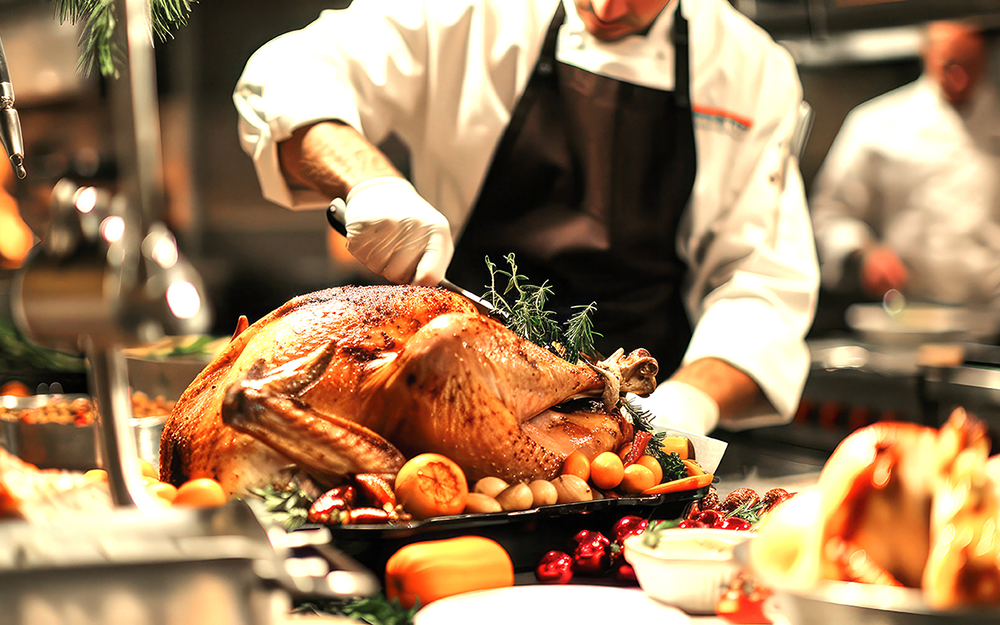
By Rick Riozza
Let’s give it to the French for their over-the-top opening ceremony!! It was one of the best Olympic overtures in modern history as the world competitors ferried up the Seine River in Paris instead of parading in an arena. And with great hope, we viewed and enjoyed the possibility of international brotherhood in a world class competition!
Okay—all right! Soon after the show where do you think the throngs of spectators headed off to continue to celebrate—the famed Parisian bistros, of course. And the staple of any Parisian bistro/brasserie in 2024 is Beaujolais. This relatively affordable, easy-to-love red wine has exploded in popularity over the past decade, and with good reason: These medium-bodied, juicy reds are wonderfully fruit-forward, but don’t lack complexity — especially in bottles from the 10 Beaujolais Crus.
The “hills” referred to in this piece’s title are the beautiful hills of the Beaujolais region. Now the steep hills themselves aren’t particularly gorgeous landscape; but the liquid gold that drips deep purple from the vineyards there, is indeed beautiful.
Pronounced BOE-zhol-lay and not BOO-jue-lay, Beaujolais has something for everyone. From light-hearted nouveau to somm-favorite “cru”, the French wine region produces a range of styles. Made from the acidic and fruity Gamay Noir grape, Beaujolais is lighter-bodied and lower-alcohol than most reds and offers a relatively inexpensive alternative to similar styles from nearby Burgundy.
Wine critics always wax poetic, “In one of the marriages of grape & ground, the French regard as mystical, the Beaujolais sandy clay over granite, the Gamay grape—undistinguished virtually everywhere else—gives uniquely fresh, vivid, fruity, light, but infinitely swallowable wine.
“The Gamay grape is in its element here in Beaujolais. Each Gamay vine there is staked individually, without trellising. Its plants are almost like people, leading independent lives: after ten years they are no longer trained, but merely tied up in summer with an osier to stand free. A Gamay vine will live as long as a human”. Hugh Johnson’s World Atlas of Wine.
And of course we love the fact that Beaujolais is made by carbonic maceration, in which whole bunches go into the vat uncrushed, and, the grapes thereafter ferment internally—a high speed fermentation that emphasizes the characteristic smell and flavor of the fruit and minimizes tannins and malic acid. That’s to say, the wine always has a freshness about it!
As mentioned earlier—the “nouveau” is fun for the “first taste of the harvest” and for parties; the “villages” for the bistro fare and the table; the “cru” for the love of wine.
Most common, are the Beaujolais and Beaujolais-Villages, are the aforesaid Bistro wine that pairs wonderfully with all the scrumptious fare being served, such as Boeuf Bourguignon or Boeuf Entrecôte, catch of the day Bouillabaisse, French onion soup, Escargot, Confit de Canard, Cassolet, Ratatouille . . . On attack!!—Let’s eat!!
The “Villages” type is generally the best from the region. Oftentimes the “Villages” can age into a “baby Burgundy”. The taste profile here is aromatic and fruity with notes of blackberry, black pepper, blueberries, cherries, cloves, cranberries, flowers, minerals, pears, plums, raspberries, spices, strawberries, and violets. What’s not to love here!!
The best of the best, “Cru”, is the highest and most-esteemed classification in the region. Each Cru has a personality of its own: be it flowery, soft, crisp, mineral-driven, and fragrant to rich, brooding and desiring some time in the bottle for the heady pungency to evolve.
For those who are yet acquainted with the diversity of Beaujolais, simply Google the 10 Crus to see which of them interest you and have the best of wine times, tasting the area you like.
Moulin-a-Vent and Morgon are your heavy hitters and the absolute ticket for full-on flavors—definitely for California enthusiasts: the wine owns a deep, dark sort of sultry quality to its cherry, pepper, flowers, clove, cranberry, dark berry, violet, raspberry & spice aromas & flavor profile. Fleurie—aromatic, full of raspberries, cranberries, and Julienas are lighter and perfumey; Régnié is the newest Cru on the block, with tons of aromatic peach, cherry, black currant, and raspberry flavor.
And of course Saint-Amour—remember this one for Valentine’s Day, as it has a little spice in the finish!
Juliénas, named after Julius Caesar, these ancient Roman vineyard sites are planted on granite, volcanic and clay soils giving the wines power, structure and terrific aging ability. Floral and fruity, the aromas of strawberry, peach, violet and spicy cinnamon are common. Chénas refers to the ancient oak forests that once covered the hillsides. Appropriately, the wines often have a ‘woodsy’ quality, but it’s their floral notes of rose and iris, plus silky tannins, that earned them the nickname “bouquet of flowers in a velvet basket.” Salud!!
A combination of a wine shop, wine bar, and casual bistro, Juveniles Wine Bar was founded by American Tim Johnston with a focus on “off the beaten track” wine as well as great food. Tables are cheek by jowl, there is hardly room to hang your coat, the lavatory is tiny, and yet it all seems to work somehow. Next time you’re in Paris, make sure to hit this place!
We remember two excellent first courses: a green-asparagus soup and a duck consommé with burnt onions. This place relies heavily on vegetables in his main courses: leeks and rocket with a poached chicken breast; peas and broad beans with a duck breast; and carrots and turnips with the tenderly cooked beef cheeks. Lunch will end invariably with a creamy riz au lait. The wine list is one of the most stimulating in Paris. Bon Appétit & Salud!!









































